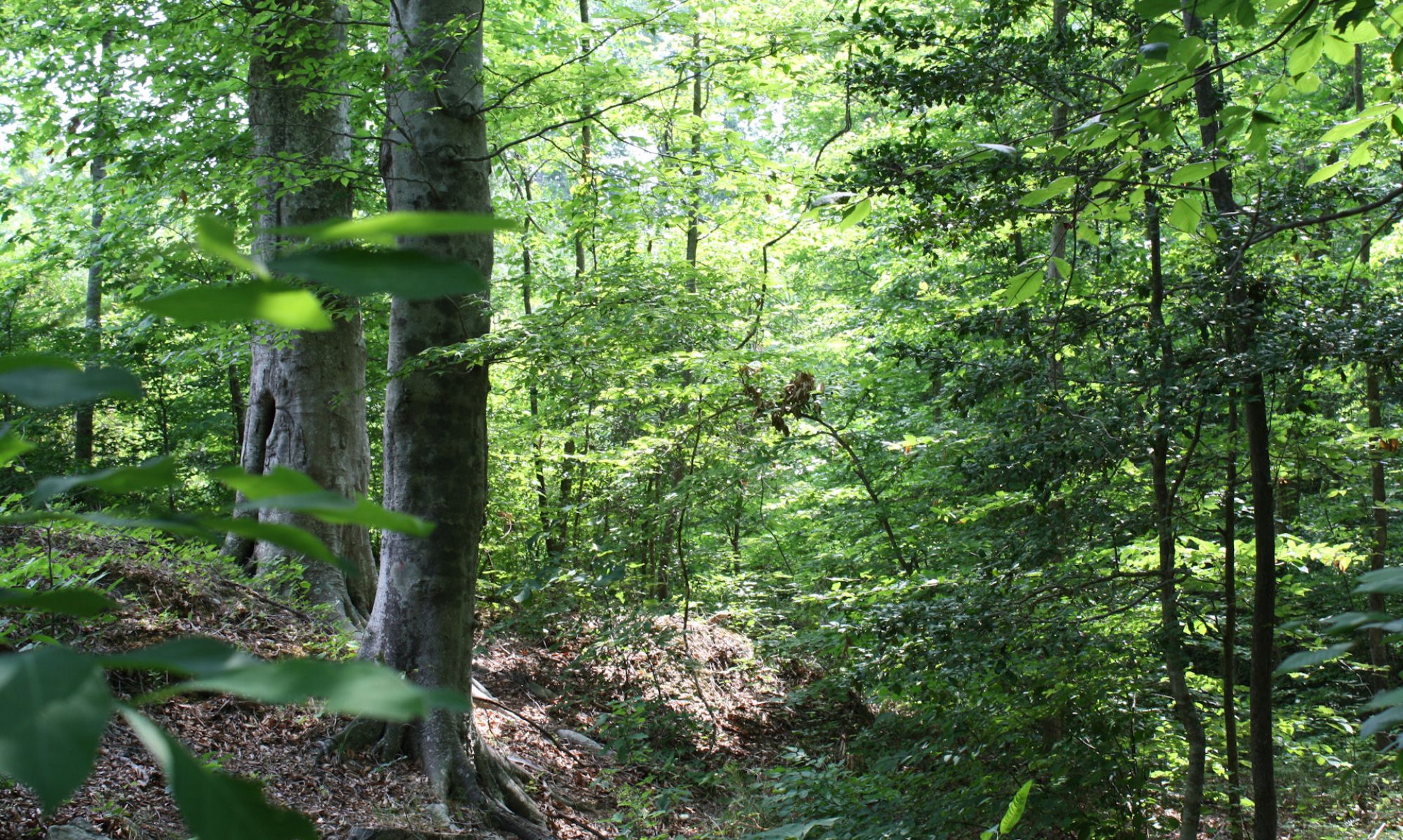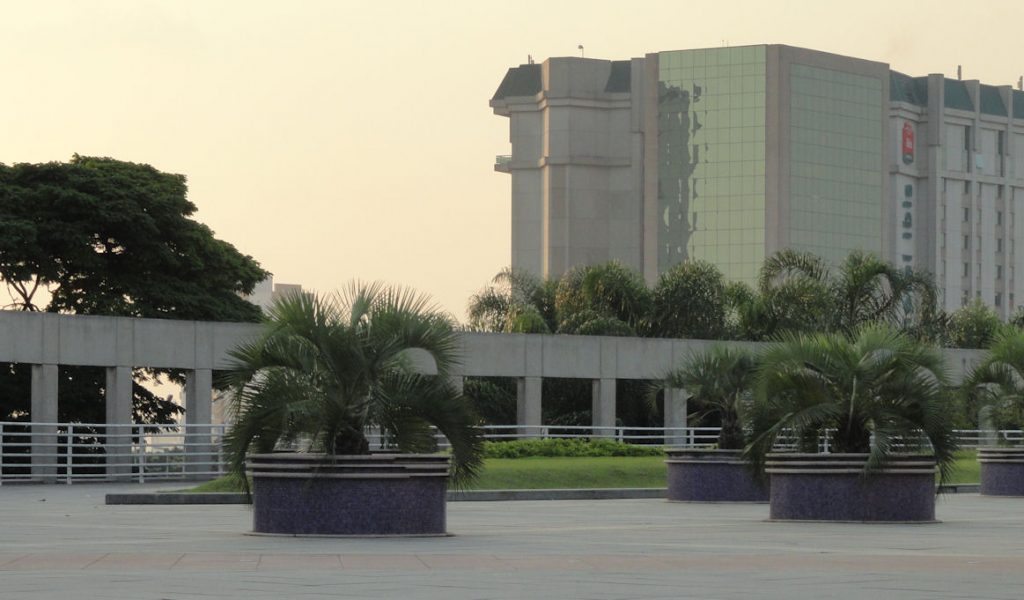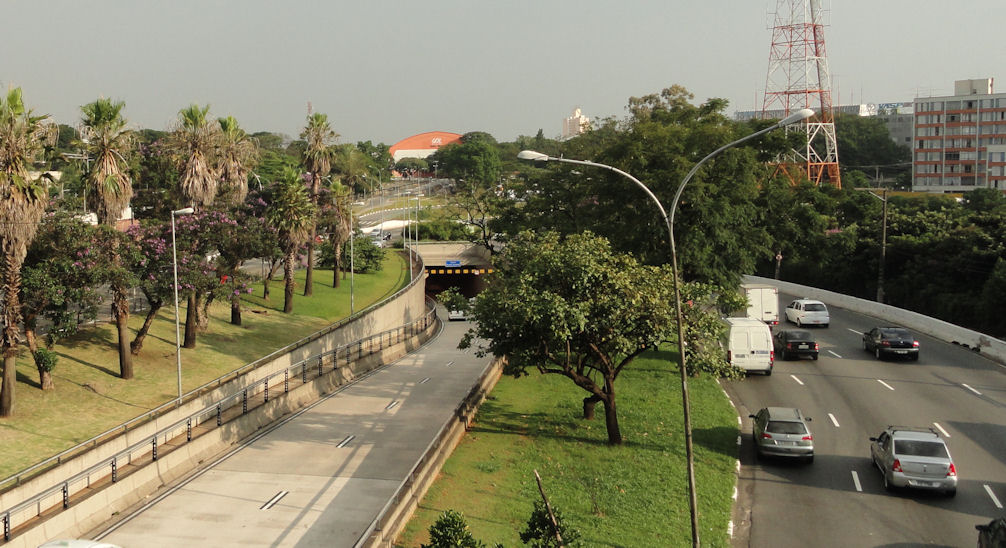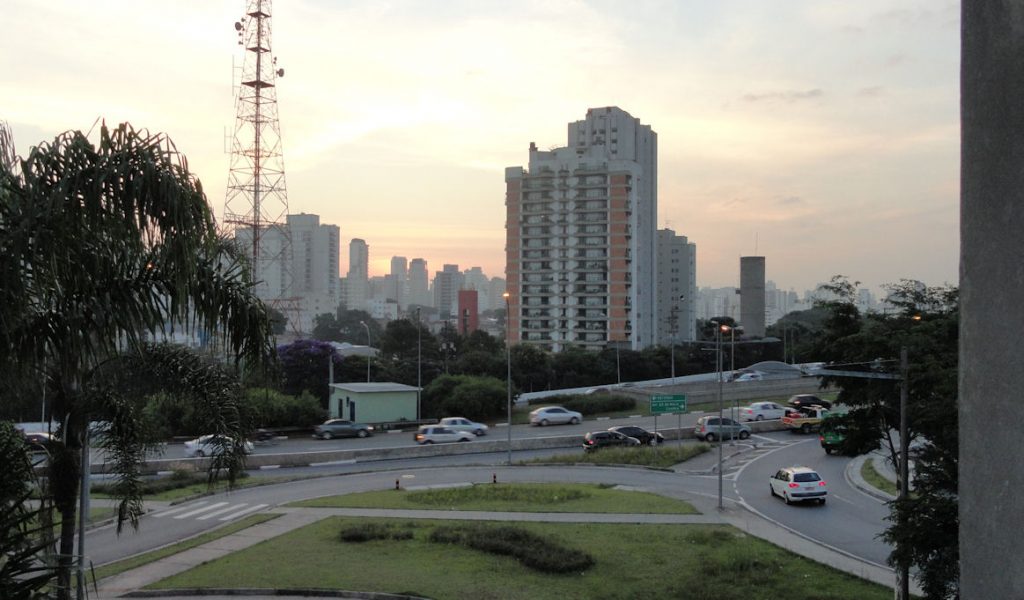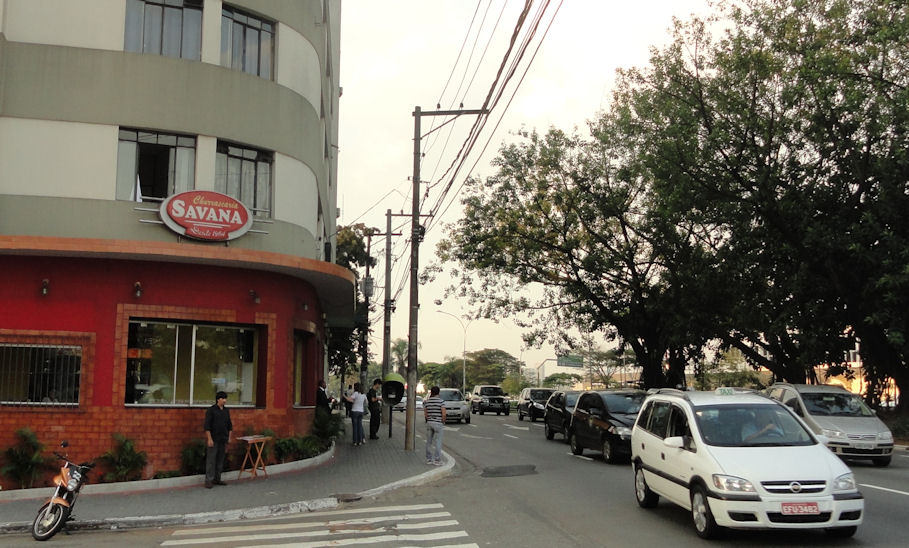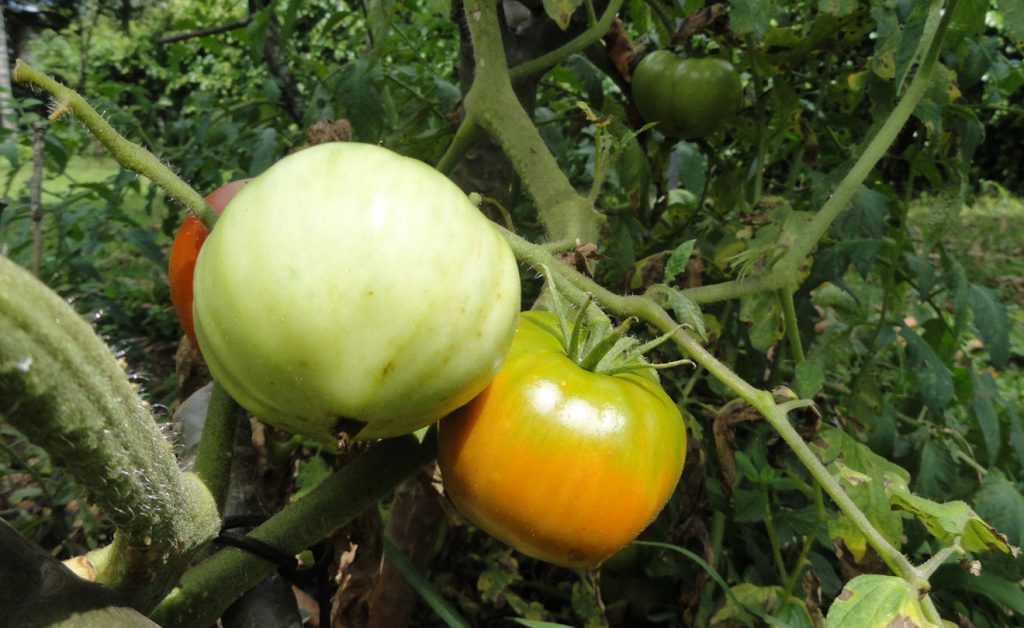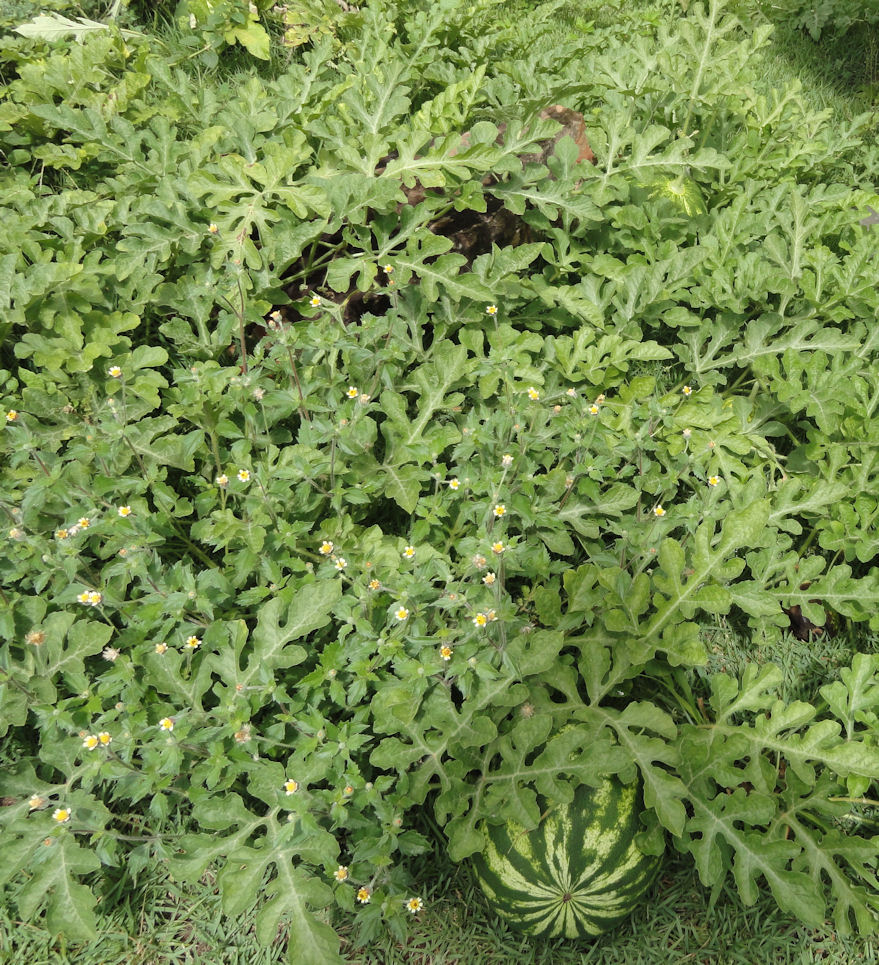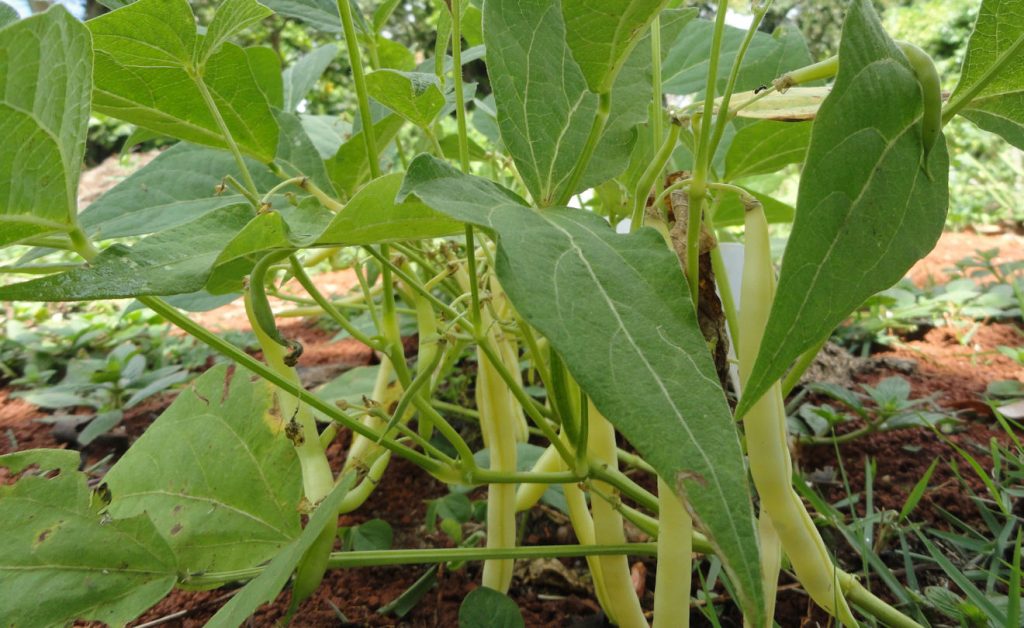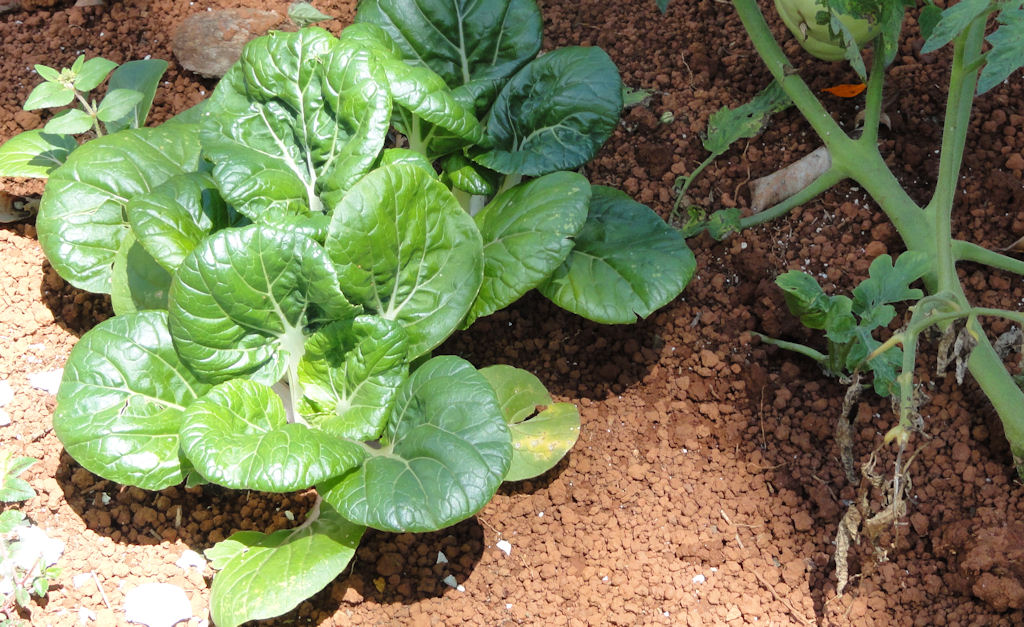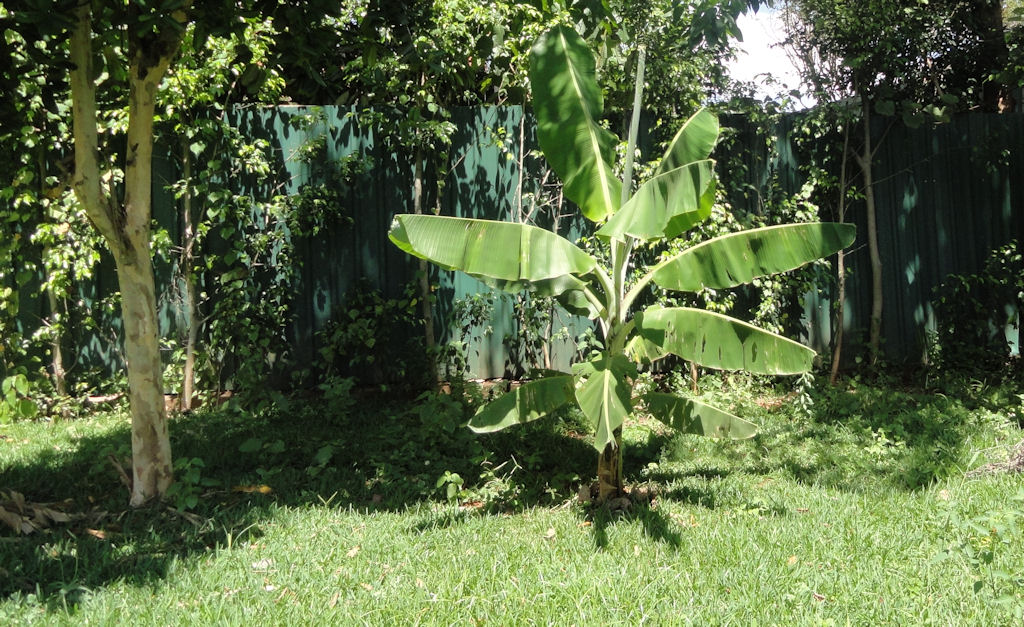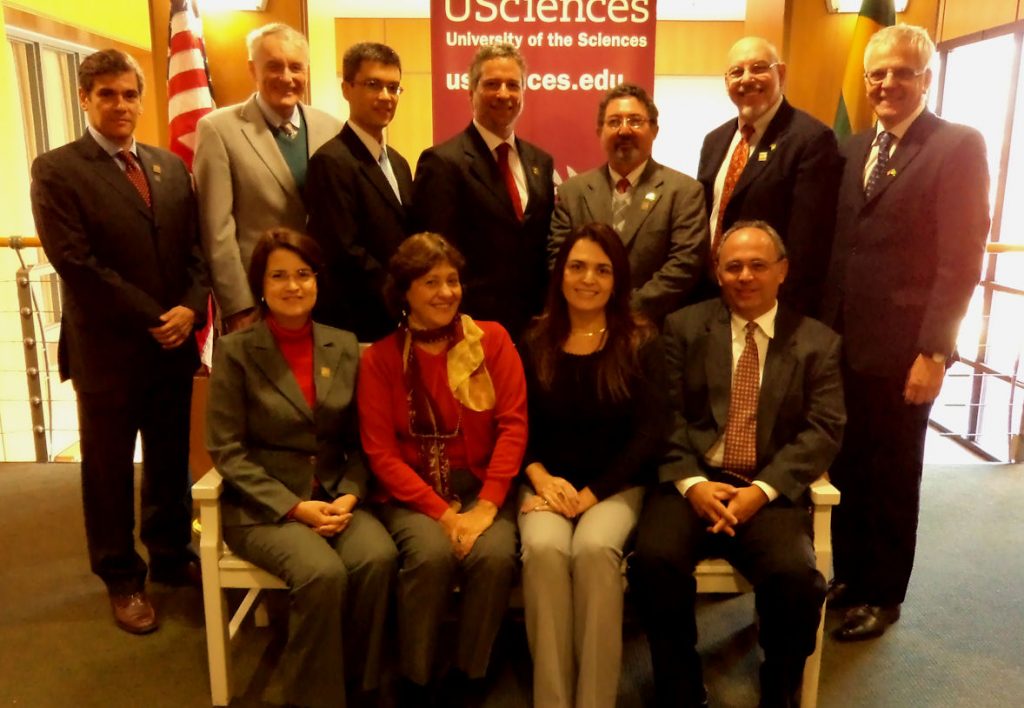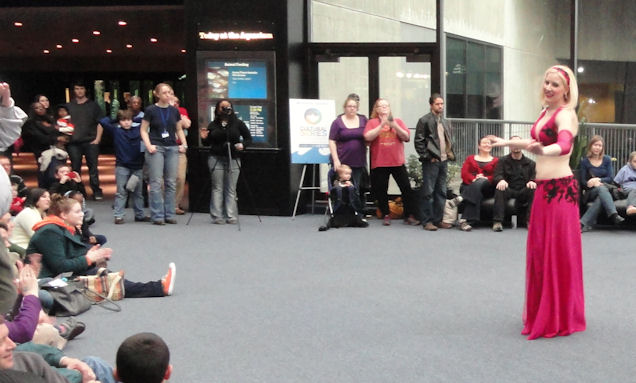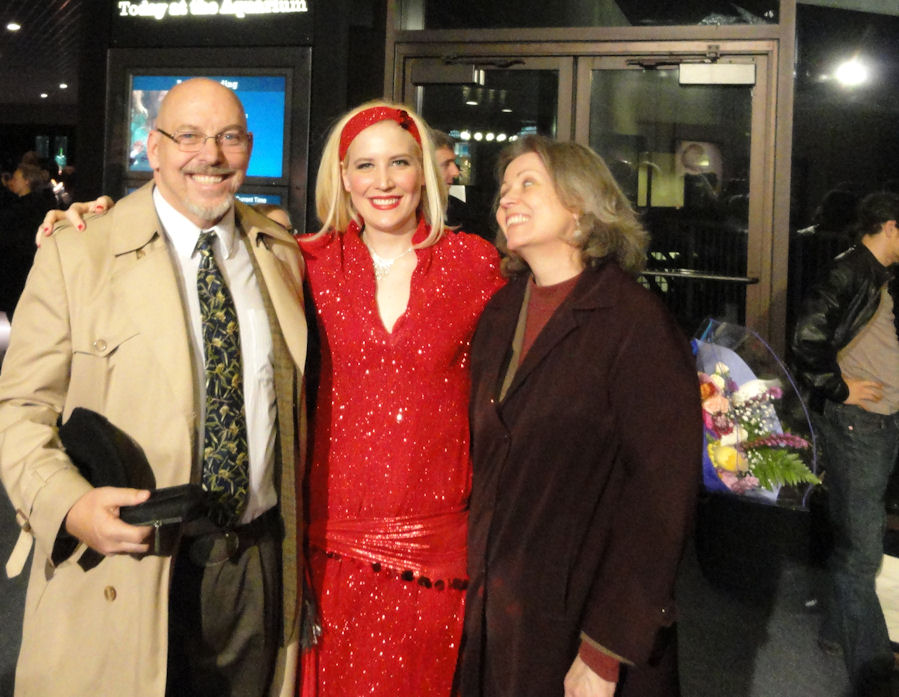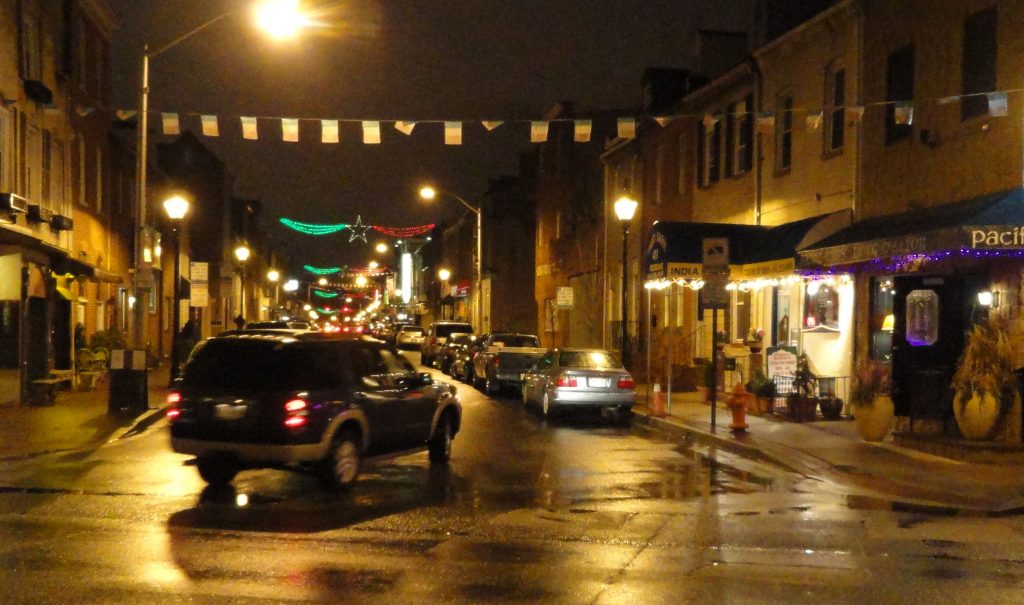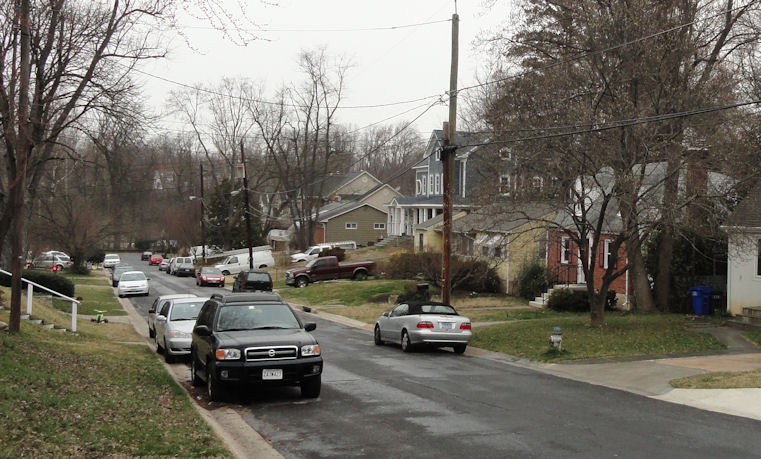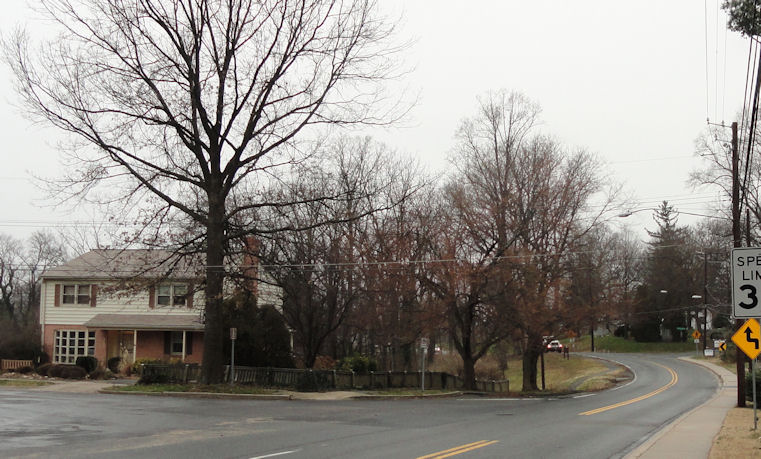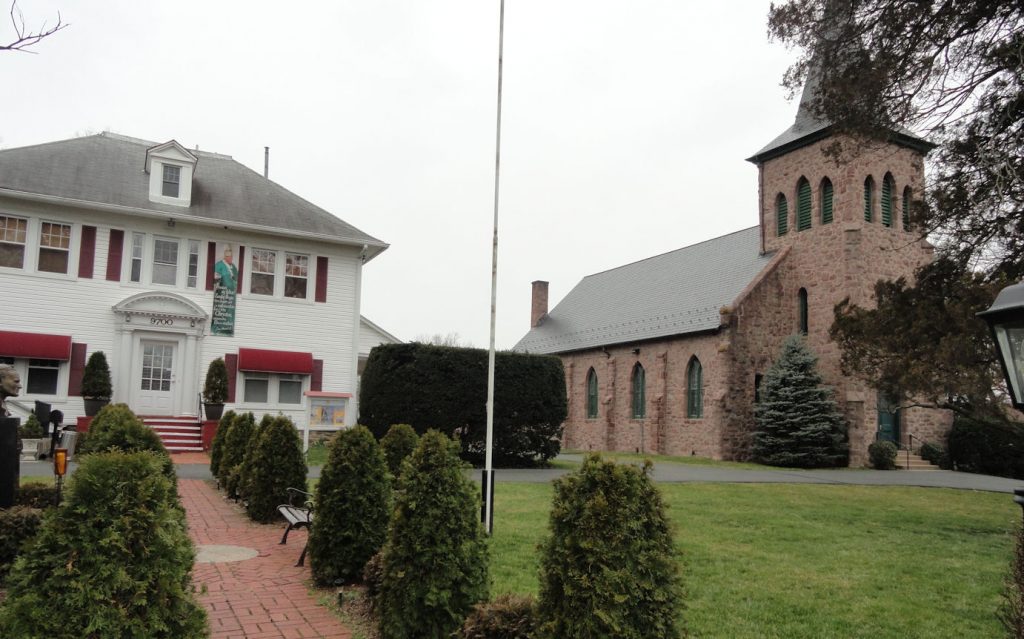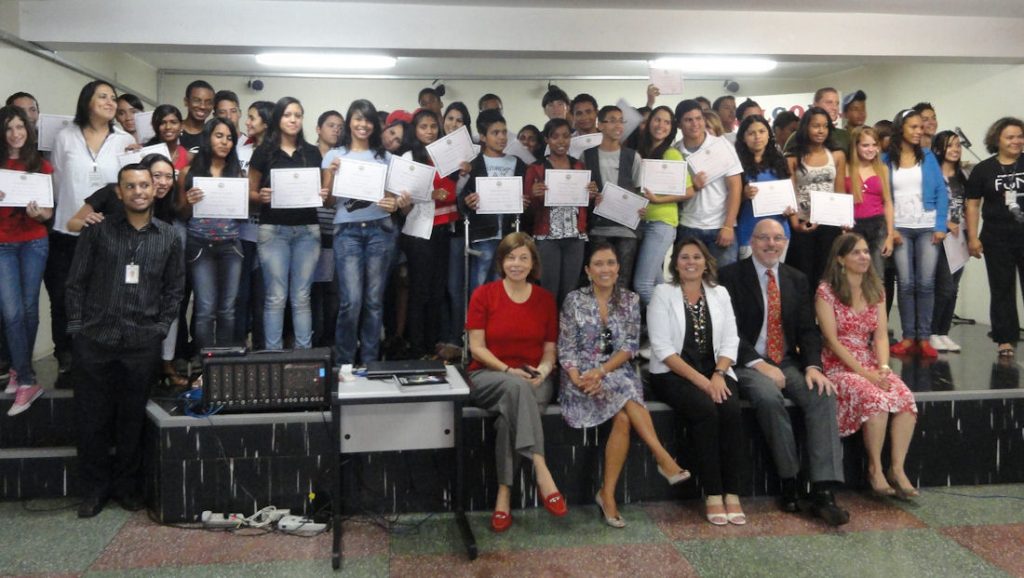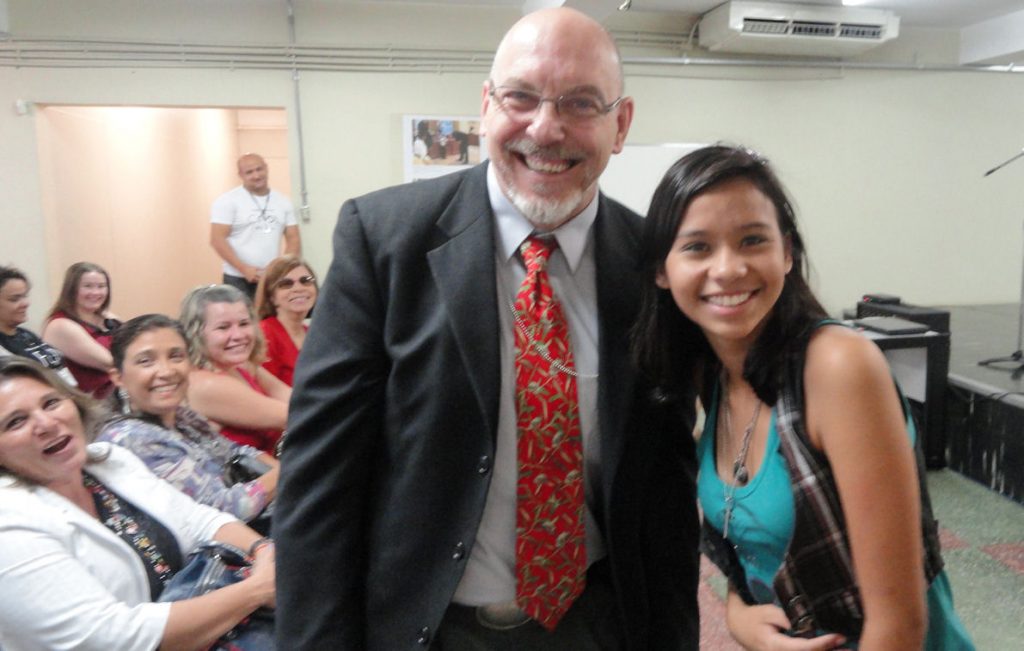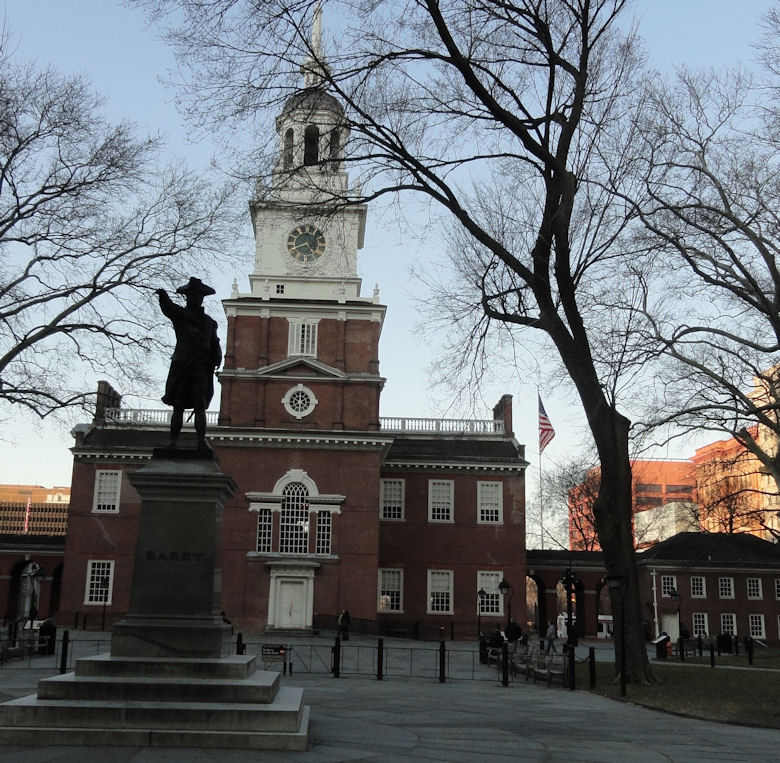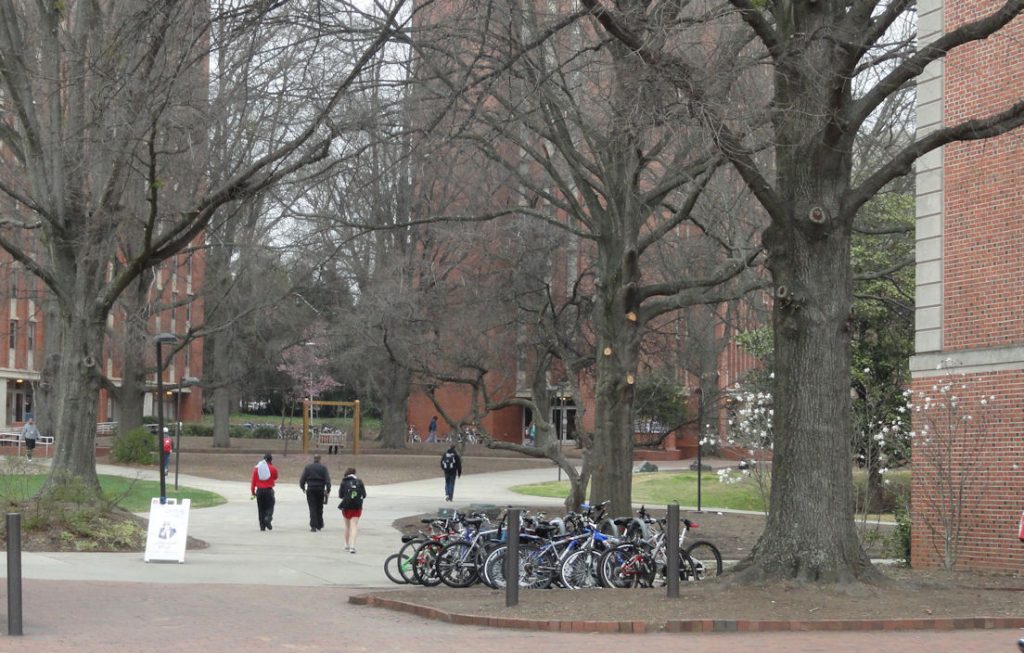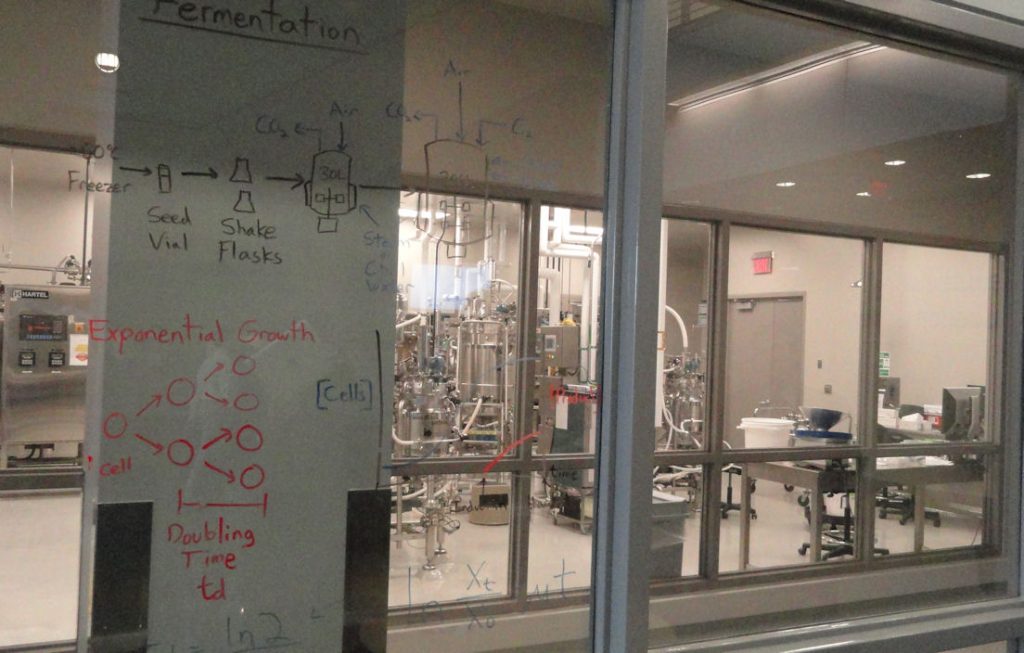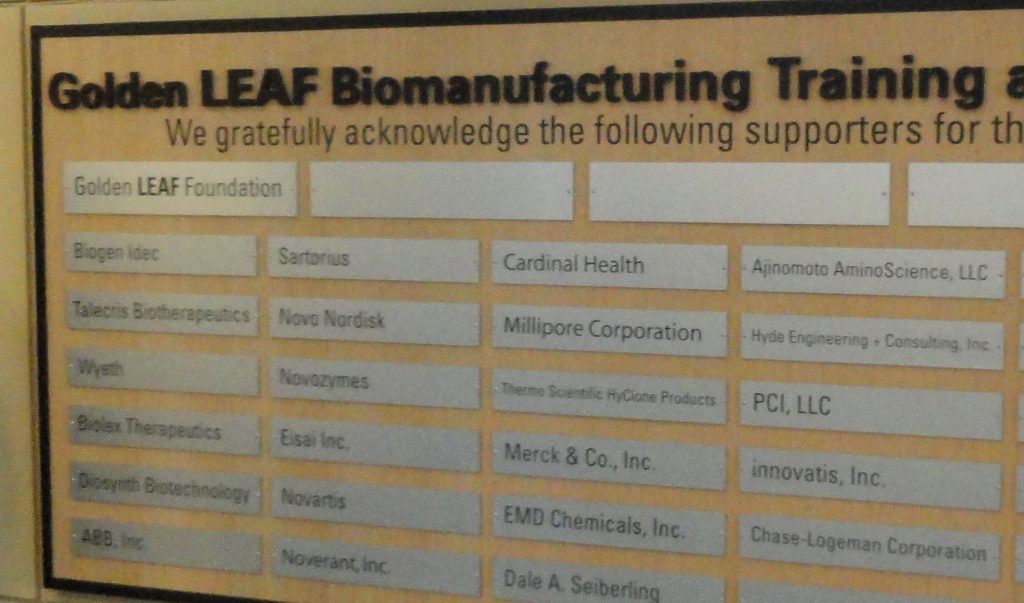This is my contribution to the next issue of Virginia Forests. It is based on some earlier posts, but is arranged in a different way. I have the joy of writing the article for the Tree Farm in each issue. Below is my article.
If you want to grow longleaf pine, you need fire. Longleaf is a fire-dependent species. And we want to grow longleaf pine. That is why we clear-cut five acres when we did the thinning winter last year. After that, we sprayed to get at the poplars, which had grown from roots. In December we burned. One of my friends got some longleaf seedlings that went in this spring. Other friends made fire lanes with their tractor. I say “we” but I really mean them. All this happened while I was working at my “real” job outside the country.
I am the luckiest man in the world. People always help. Together we are creating a demonstration forest in Brunswick County. It will showcase best forestry practices for this part of Virginia. The land includes already a wonderful stand of loblolly. We will apply different silvicultural practices (various thinning densities, fire, herbicide treatments etc.) to show the different results.
The longleaf are near the edge of their range in southern Virginia, so it is less certain. If the climate changes, however, the range may move north. Longleaf once grew all around the South. Today they are less common because they are harder to grow than loblolly. That is why the State of Virginia is helping us grow them. Longleaf require fire to grow well and are hard to establish. Once established they are great trees. The caveat is the long needles (hence the name long leaf). Ice storms can weigh down the branches and cause damage. Individual longleaf are beautiful trees and a vigorous stand of longleaf is even more beautiful. I won’t live long enough to see my trees mature, but I hope to enjoy their vigorous adolescence.
My experience with forestry in Virginia has greatly exceeded my expectations. Owning forest land had long been one of my dreams and forestry fits well with my full-time job working as a Foreign Service Officer. I move from a lot. I started in Brazil and worked in Norway, Poland and Iraq during the war. Now I am back in Brazil. Forests provide roots – literally – in my nomadic existence. I move; my forest abides. I would have a place to come back to, where I could watch developments over the years. This was my dream, at least, but I never thought it would come true. I finally managed to buy some land on my fiftieth birthday, back in 2005. I thought I knew more than I really did. I read a lot of books. This was not enough. I was also a little out of my element in rural southern Virginia. I was born and raised in the urban environment of Milwaukee, Wisconsin. When I think back on my land “adventure” it seems pretty dumb. I clearly was in over my head. I was saved by the kindness of strangers who became friends.
Local people gave me advice; hunt clubs assisted with land management; forestry officials were helpful; Boy Scout troops wanted to make trails; Tree Farm gave me management goals and there were lots of inexpensive seminars on everything from timber selection to wildlife management.
All I had to do was let people share my dreams and they contributed time and more importantly local knowledge and forestry expertise. Sophisticated people say that people like me are naïve, maybe so. I believe in win-win outcomes and I don’t care if it sounds cliché. The secret of joy is finding ways to give people what they want in the framework of what you want. Maybe I don’t “maximize profit”, but I am morally certain that I get more than I would in other ways. I find that joy in my forestry and in the friendly people of Virginia.
I just could not do forestry without all the help I get. I am neither smart enough nor rich enough to make it happen alone. My friends get to use my land for hunting and other recreation, but they use it in ways that I want it to be used. What is important to me is that my trees are growing robustly; that the water that runs off the land is clear; that the soil is getting better; and that wildlife abounds. I get all this. I get to watch the trees grow as long as I live and leave it to the kids. Is there anything else anybody could reasonably want? Maybe a horse when I get too old to walk around comfortably, but that would be another story.
